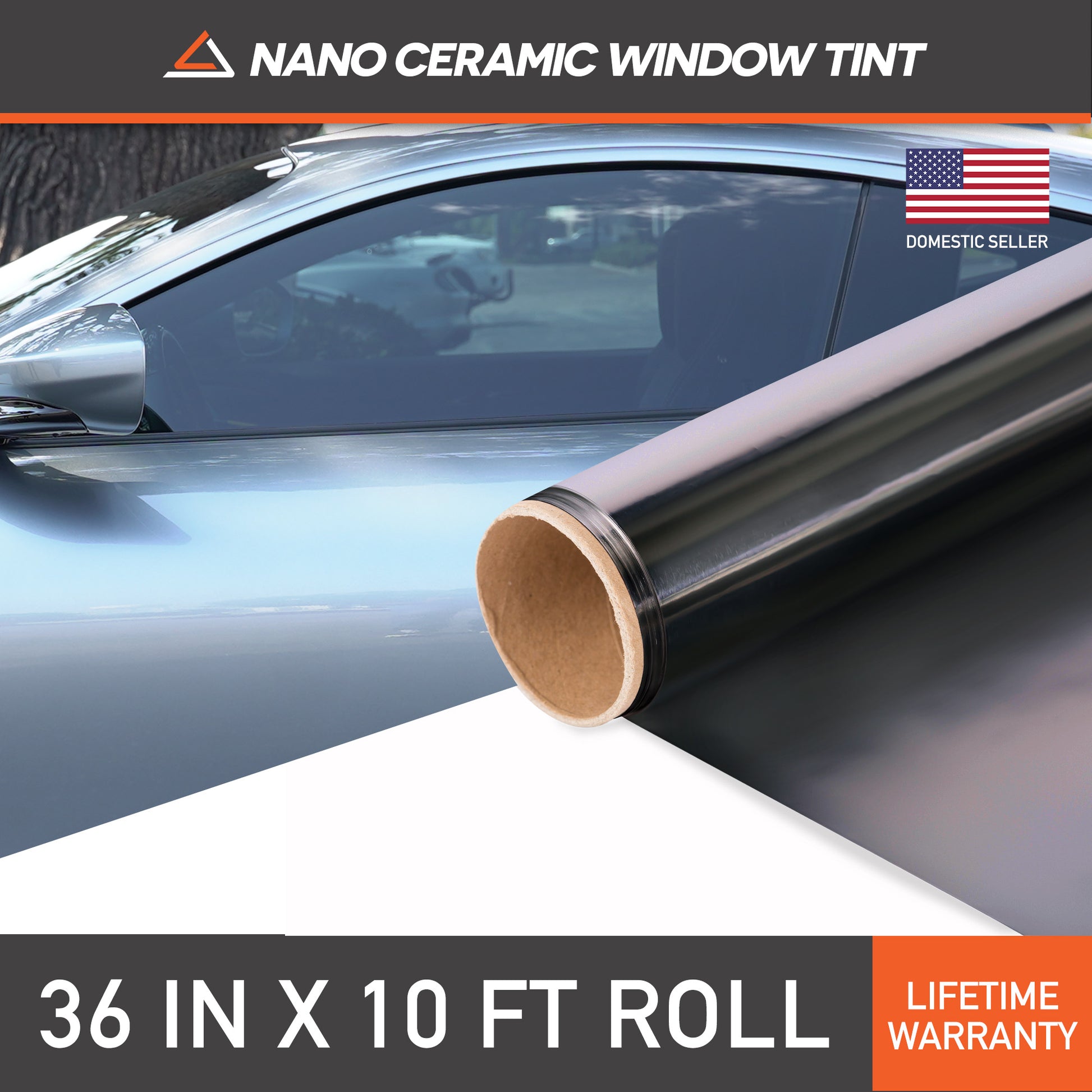Eco-Friendly Window Tinting: Save Energy and Lower Your Carbon Footprint
Eco-friendly Window tinting stands for a substantial innovation in lasting building methods, providing both energy savings and a decrease in carbon exhausts. As the demand for lasting remedies boosts, comprehending the nuances of picking the right Window color ends up being vital for property owners and companies alike.
What Is Eco-Friendly Window Tinting?

Eco-friendly Window tinting refers to Window film products created with lasting materials and processes that reduce ecological influence while boosting energy efficiency. These products are usually made making use of safe, recyclable products, ensuring that their production and disposal do not add to environmental deterioration.
The innovation behind environment-friendly Window tinting entails innovative applications that give UV protection, glow decrease, and thermal insulation, every one of which can dramatically reduce power intake in residential and commercial structures. By managing interior temperatures, these films assist maintain a comfortable living or workplace while lowering the dependence on home heating and cooling systems.
Moreover, environment-friendly Window tinting can be put on different glass surfaces, consisting of household home windows, office complex, and auto glass, making it a functional choice for different applications. The installation procedure typically includes very little disturbance, enabling for a seamless transition to a much more sustainable solution.
Eco-friendly Window tinting not just supports energy preservation efforts but additionally adds to a much healthier interior atmosphere by filtering system dangerous UV rays. Therefore, it stands for a necessary step towards accomplishing greater sustainability in structure design and upkeep.
Benefits of Eco-Friendly Window Tinting
The benefits of environmentally friendly Window tinting expand beyond plain aesthetic allure, providing substantial benefits for both power effectiveness and owner comfort. Among the primary advantages is the reduction of dangerous UV rays entering a structure. By obstructing up to 99% of these rays, green Window tinting helps secure interior furnishings, floor covering, and art work from fading, thus lengthening their lifespan and minimizing the demand for replacements.
Furthermore, eco-friendly Window films add to boosted indoor air high quality. By lowering heat buildup, these films aid maintain a more steady interior temperature level, minimizing the reliance on a/c systems and subsequently enhancing comfort. This stability can cause less temperature level fluctuations, resulting in a much more pleasurable living or functioning setting.
Moreover, making use of sustainable materials in environment-friendly Window tinting items makes certain that the ecological influence is minimized during both production and installation. This aligns with the growing trend towards sustainable building practices and can enhance the overall green certification of a home. Eventually, environment-friendly Window tinting not only promotes a healthier indoor ambience yet additionally straightens with environmental goals, making it a smart choice for environmentally-conscious consumers.
Power Performance and Price Financial Savings
While lots of building owners focus on appearances, power effectiveness and expense savings are crucial factors that make Window tinting an essential financial investment. By lowering the quantity of heat that gets in a structure with its home windows, Window tinting can substantially lower air conditioning expenses, especially in warmer climates (AO Detail Window Tinting). This decrease in thermal gain allows HVAC systems to run a lot more efficiently, expanding their life expectancy and reducing upkeep costs

Furthermore, some Window tinting products are important source developed to block hazardous ultraviolet rays, safeguarding furniture and insides from fading. This not just lengthens the life of home furnishings however also reduces the need for substitute, more adding to cost savings. In the future, the financial investment in green Window tinting settles with decreased energy expenditures, making it an economically sound choice for structure owners focused on both sustainability and financial effectiveness.
Environmental Influence of Window Tinting
Window tinting not just provides significant power effectiveness and cost financial savings however also plays an essential function in decreasing the ecological effect of buildings. By decreasing warm gain from sunlight, Window tinting minimizes the reliance on cooling systems, thus lowering power consumption. This decrease in energy use directly associates to decreased greenhouse gas exhausts, contributing favorably to the fight versus environment modification.
Moreover, environment-friendly Window tints frequently make use of sustainable products and procedures, further alleviating their ecological footprint. A number of these items are developed to last longer than traditional Window treatments, lowering waste and the frequency of substitutes. Additionally, the reflective buildings of Window films can secure indoor furnishings and products from UV damages, prolonging their life expectancy and decreasing the need for substitutes.
In addition, by creating a much more comfy interior environment, Window tinting motivates passengers to count less on synthetic lights, adding to energy savings. Collectively, these aspects show that the adoption of Window tinting not only benefits private building proprietors yet additionally fosters a wider commitment to ecological stewardship, making it a clever selection for lasting construction and renovation methods.
Selecting the Right Window Tint
Often, choosing the right Window color can be an essential choice for businesses and property owners alike, influencing both looks and capability (AO Detail Window Tinting). To make an enlightened option, think about the main function of the tint. If energy efficiency is a priority, go with Window movies with low solar heat Visit Your URL gain coefficients, which efficiently reduce cooling prices while obstructing dangerous UV rays
One more vital element is the tint's noticeable light transmission (VLT) tints with reduced VLT portions offer greater personal privacy and glow reduction, but might likewise darken interiors. Alternatively, greater VLT tints allow even more all-natural light, creating a brighter environment without endangering energy efficiency.
In addition, think about the material and resilience of the color. Top notch films can resist scrapes and fading, guaranteeing lasting efficiency and aesthetic allure. Search for items with guarantees that reflect their durability and effectiveness.
Last but not least, regional regulations relating to tint darkness and reflectivity must also be taken right into Learn More account to avoid lawful issues. By reviewing these elements meticulously, you can select a home window tint that straightens with your energy-saving goals while improving the overall look and convenience of your room.
Conclusion
In verdict, green Window tinting serves as an effective service for enhancing energy efficiency while reducing environmental effect. Eventually, environment-friendly Window tinting represents a useful investment for both property and industrial spaces committed to sustainability.
The advantages of eco-friendly Window tinting expand past plain visual charm, providing significant benefits for both power performance and passenger comfort. By decreasing the amount of heat that gets in a structure with its windows, Window tinting can considerably lower air conditioning expenses, especially in warmer climates. In the lengthy run, the financial investment in environmentally friendly Window tinting pays off through lowered power costs, making it a financially audio option for building proprietors focused on both sustainability and financial performance.
By reducing heat gain from sunshine, Window tinting decreases the dependence on air conditioning systems, consequently reducing power usage.In conclusion, green Window tinting serves as a reliable option for enhancing power efficiency while decreasing environmental influence.